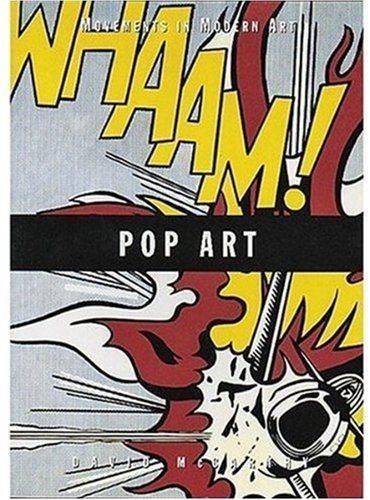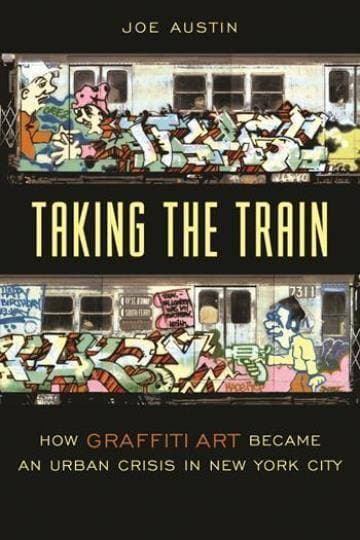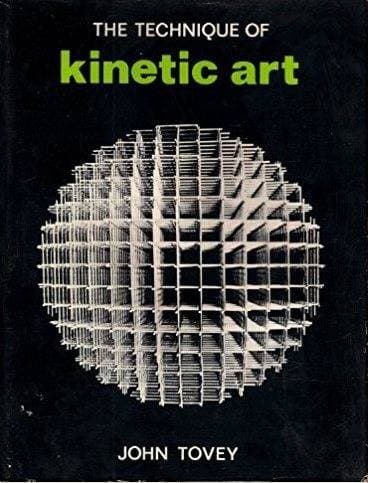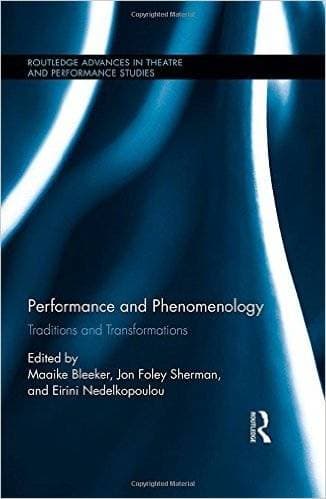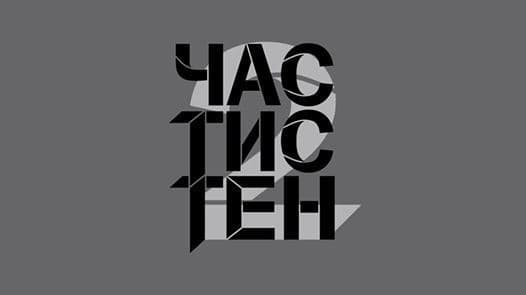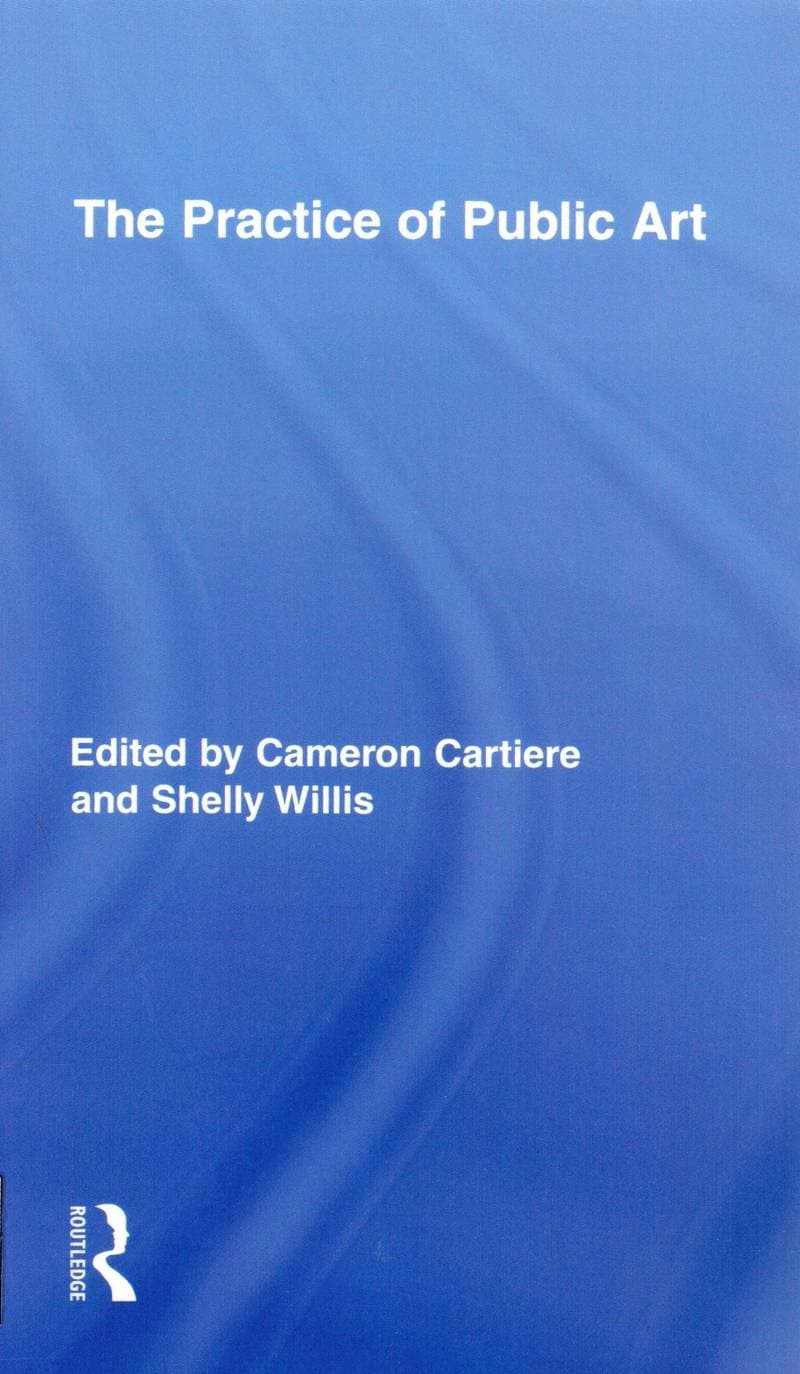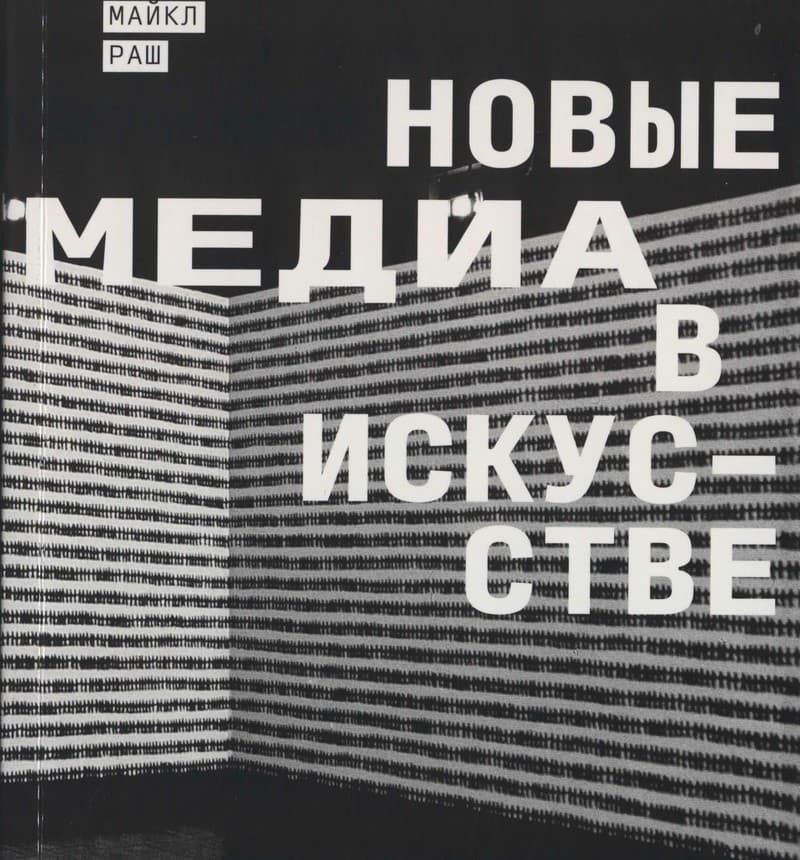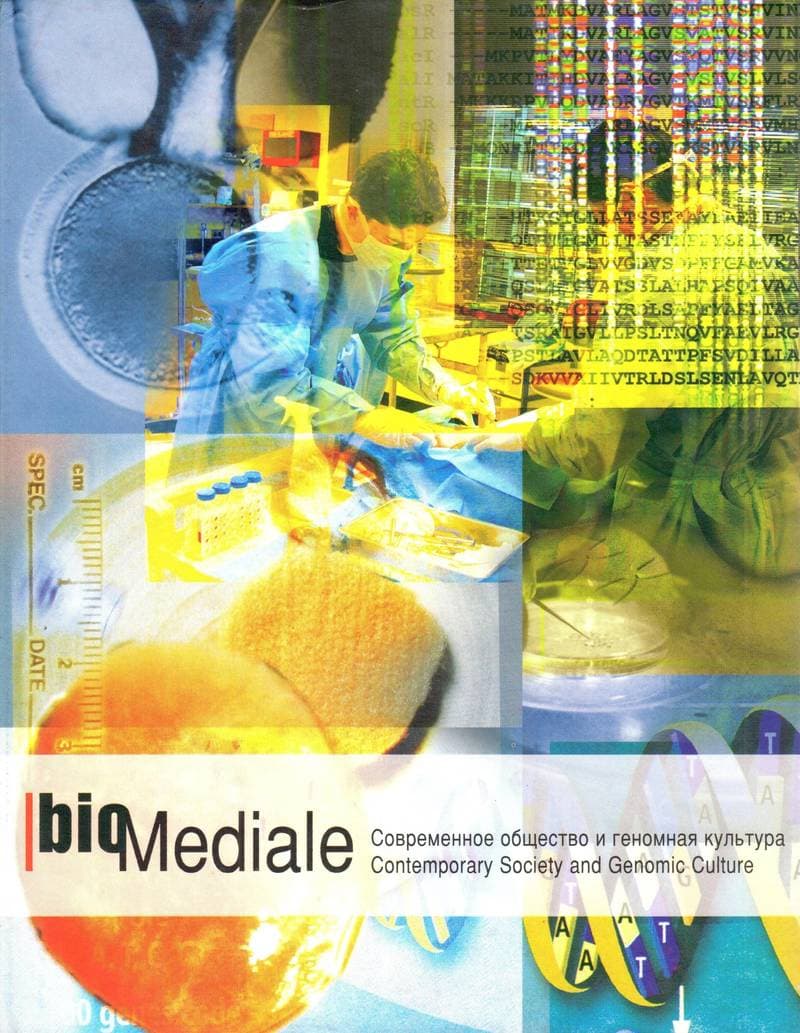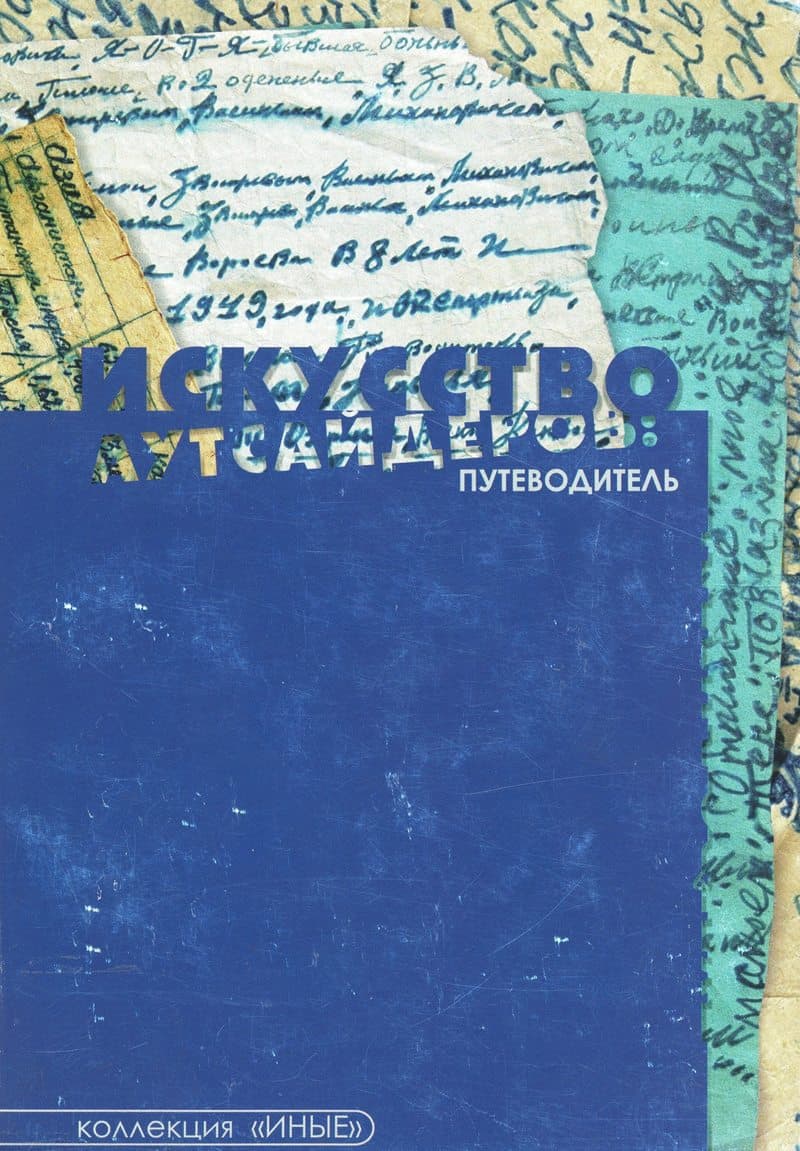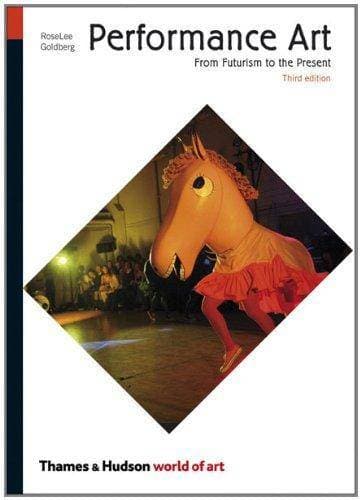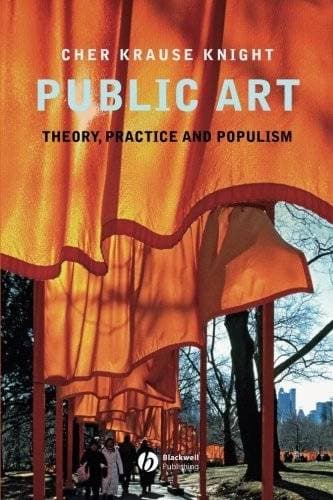Pop Art
Mass culture, popular taste, and kitsch-previously considered outside the limits of fine art-were the inspiration for and provocative themes of Pop Art, a movement that enjoyed great prominence in the late 1950s and 1960s. Rejecting the idea that art and life should be separated, artists in both the United States and Britain — among them Roy Lichtenstein, James Rosenquist, Andy Warhol, Peter Blake, and Richard Hamilton — used mass-produced objects and photographic images to make a blatant connection between art and the postwar world of consumerism. This study follows the development of Pop, from its roots in the irreverence of Dada and Surrealism, to its rise in popularity as an art form that celebrated the glamour and hedonism of the newly commercialized Western world, while acknowledging its superficiality and transience.
Details
Rosenquist James, Indiana Robert, Paolozzi Eduardo, Wesselmann Tom, Hockney David, Lichtenstein Roy, Ruscha Ed, Dine Jim, Boty Pauline, Blake Peter, Oldenburg Claes, Gill James, Warhol Andy, Ramos Mel, Rauschenberg Robert, Hamilton Richard William, Alloway Lawrence, D'Arcangelo Allan, Boshier Derek
London
2013
80 pages
9781854373045
Available on request
Yes
Yes
709.043 Pop
1
- Taking the Train: How Graffiti Art Became an Urban Crisis in New York City2001
- The Technique of Kinetic Art1971
- Performance and Phenomenology: Traditions and Transformations2015
- Части стен 22018
- The Practice of Public Art2008
- Новые медиа в искусстве2018
- Biomediale: Современное общество и геномная культура2004
- Кинетизм1994
- Искусство аутсайдеров: путеводитель2005
- Performance Art: From Futurism to the Present2011
- Public Art: Theory, Practice and Populism2008
- Performance Art: From Futurism to the Present2006
